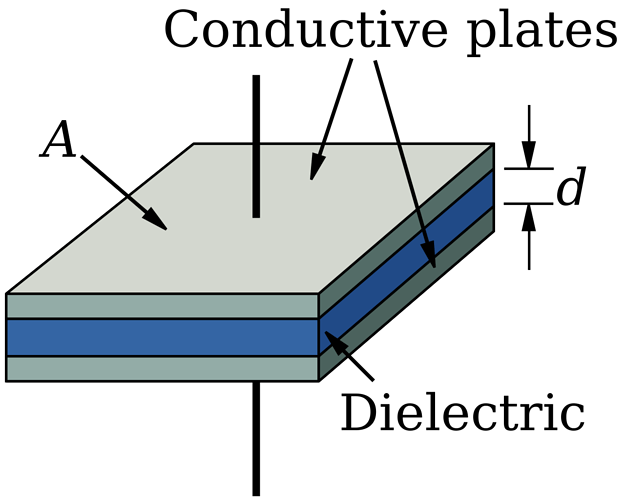Well… I don’t that feel that the ‘tone’ used in this topic, is too inviting for any ‘objectivist’ to join here… :).
But sure, I think I can share a few nice things here. Without stirring things up. I’ll bite the bait :).
First : Yes, microphonics are a very real thing in solid state electronics. Absolutely. Especially true for your capacitor example.
Any ‘objectivist’ that tells you otherwise, is either not informed well enough, or simply lying to the benefit of his point.
In fact, this is the main working principle for condenser microphones. If this effect was based on fantasy, then a condenser microphone would simply do nothing at all.
Now, if you’d ask me to prove that your antivibration product was ■■■■■■■■ : I cannot and will not do that for you.
Has nothing to do with a lack of knowlegde. Such a product actually does help alleviate said problem ! No discussion at all.
(I’m carefully avoiding to detail the scale of said problem here).
The main problem I have with this solution (from an engineering perspective), is how extremely inefficient this solution is.
In order to understand why, I need to shortly explain something :
A capacitor is quite an easy thing, as a model. It is not more than two electrically conductive plates, separated by something non-conductive (=dielectric).
There is a whole lot more to know, but you don’t need it for now.
Schematically, that would look like this :
(Image stolen from wikipedia. In real life it looks a bit different; the plates are usually either rolled up, or layered in multiple layers).
For microphonics to occur, the distance ‘d’ between the plate needs to change periodically.
In other words : either squeeze the capacitor, or expand it every few microseconds.
What will happen if a mechanical wave comes in ? Indeed, the capacitor will move a bit.
But : this will move the capacitor as a whole. The distance ‘d’ might change a slight bit, but it will surely not be by the amount that the capacitor itself moved.
The antivibration pad will do a good job, at trying to make that capacitor-as-a-whole journey, a bit shorter. And thereby, make the d-deviation a bit smaller. Sure thing !
But : it makes absolutely no attempt at all, at trying to make the distance ‘d’ itself stable !
…And proper capacitor design does do that. Capacitors that do focus on stabilizing that distance do exist, and are used.
What I’m trying to say : use capacitors that are fit-for-purpose, and the problem is much more solved than an external damper could ever provide.
Of course, everyone is free to have their own opinion on those dampers. I don’t mind at all if you like them, and in fact, I can’t object to that.
But : if you seek for big improvement in this regards, you should look for them in the design of the capacitor itself. An improvement in an external damper, can be marginal at most. Just because it cannot affect the stability of distance d, directly…


 love t’y’all and enjoy your own path through hifi! During lock down you’ll find times you love your hifi and other times when it don’t sound right. Tweak And try- fail learn and move on
love t’y’all and enjoy your own path through hifi! During lock down you’ll find times you love your hifi and other times when it don’t sound right. Tweak And try- fail learn and move on 